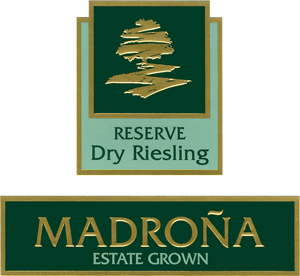 |
|
Wine Details
Price:
$16.00 per bottle
Description:
Basically, there is no mistaking this wine for anything but Riesling, on all facets, except the palate. The 2004 vintage has only 0.5% residual sugar (just below threshold for many tasters) with a pH of 3.36. This wine should be bright and tart! But instead with an acidity of 0.47%, this balanced Riesling is lush and rich with an unctuous viscosity reserved for California Chardonnay. But this is Riesling, isn’t it?
The nose is loaded with ripe Bartlett pear, juicy pineapple and home-canned peach nectar. And that’s when it’s cold. Let the wine warm up a bit and it opens to fresh honeysuckle and an intense yet intriguing Mandarin orange component. That’s the hallmark of ripe Riesling fruit!
The palate fruit is classically focused with Granny Smith apple characters layering notes of cantaloupe and honeydew melon. The mid-palate with its elegantly rounded texture carries seamlessly to the complex finish of mango and subtle clover honey. With just a hint of Botrytis and a refreshing sweet/tart twinge, this wine is 100% Riesling!
|
|
|